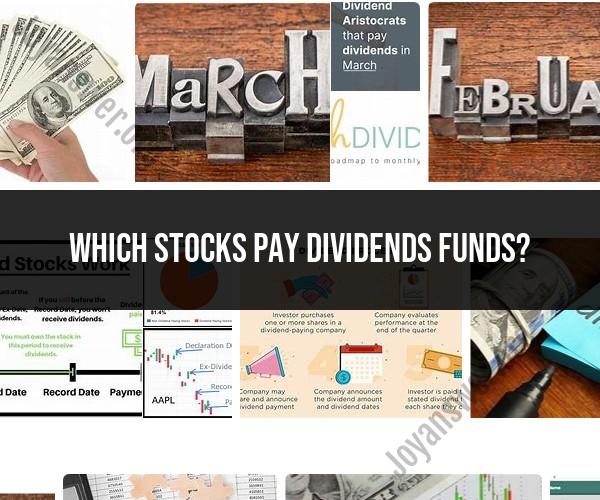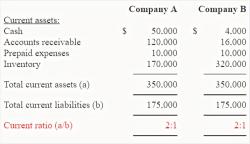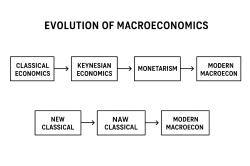Which stocks pay dividends funds?
Dividend-paying stocks and dividend funds (often referred to as dividend mutual funds or dividend exchange-traded funds, ETFs) are two different investment options that can provide dividend income to investors. Here's a brief overview of each:
Dividend-Paying Stocks: These are individual stocks of publicly traded companies that distribute a portion of their profits to shareholders in the form of dividends. When you invest in dividend-paying stocks, you become a shareholder in those specific companies. The amount of dividend income you receive depends on the company's dividend policy and the number of shares you own. Some well-known companies with a history of paying dividends include Coca-Cola, Procter & Gamble, and Johnson & Johnson.
Dividend Funds: Dividend funds are investment vehicles that pool money from multiple investors to invest in a diversified portfolio of dividend-paying stocks. There are two main types of dividend funds:
- Dividend Mutual Funds: These are actively managed funds where professional fund managers select and manage a portfolio of dividend-paying stocks on behalf of investors. The fund's goal is to generate dividend income and potentially achieve capital appreciation.
- Dividend ETFs: These are exchange-traded funds that are designed to track the performance of a specific dividend-focused index. Dividend ETFs typically aim to replicate the index's dividend yield and performance. They are traded on stock exchanges like individual stocks.
To find dividend income from dividend-paying stocks or funds, you can follow these steps:
Research: Start by researching individual dividend-paying stocks or dividend funds. Look for companies or funds that align with your investment goals and risk tolerance. You can find information on dividend history, yield, and performance through financial news sources, stock market websites, and brokerage platforms.
Brokerage Account: To invest in individual dividend-paying stocks or dividend funds, you'll need a brokerage account. Choose a reputable brokerage platform that offers access to a wide range of dividend investments.
Select Investments: Once you have a brokerage account, you can select specific dividend-paying stocks or funds to invest in. Consider factors such as the company's financial health, dividend history, dividend yield, and your own investment objectives.
Diversification: Depending on your investment strategy, you may choose to invest in a mix of individual dividend-paying stocks or allocate a portion of your portfolio to dividend funds to achieve diversification.
Monitor and Reinvest: Keep track of your investments, monitor dividend payments, and consider reinvesting dividends to potentially benefit from compounding over time.
It's important to note that while dividend-paying stocks and dividend funds can provide income, they also come with investment risks, and their performance can be influenced by market conditions and economic factors. Therefore, it's advisable to conduct thorough research, consider your financial goals, and, if necessary, consult with a financial advisor before making investment decisions.
Dividend-Paying Stocks vs. Dividend Funds: A Comparison for Investors
Dividend-paying stocks and dividend funds are both investment options that can provide investors with income. However, there are some key differences between the two.
Dividend-paying stocks are individual stocks of companies that pay dividends to their shareholders on a regular basis. Dividends are typically paid quarterly, but some companies pay dividends monthly or semi-annually.
Dividend funds are baskets of stocks that invest in companies that pay dividends. Dividend funds are typically managed by professional investment managers who select the stocks in the fund and allocate the fund's assets.
Here is a table comparing dividend-paying stocks and dividend funds:
| Characteristic | Dividend-Paying Stocks | Dividend Funds |
|---|---|---|
| Investment type | Individual stock | Basket of stocks |
| Risk | Higher | Lower |
| Potential return | Higher | Lower |
| Diversification | Lower | Higher |
| Management | Passive | Active |
| Fees | Commission fees | Expense ratio |
Stock Dividends and Dividend Funds: Maximizing Investment Returns
Both dividend-paying stocks and dividend funds can be used to maximize investment returns. However, the best approach for you will depend on your individual investment goals and risk tolerance.
If you are looking for the potential for higher returns, you may want to consider investing in individual dividend-paying stocks. However, it is important to note that individual stocks are also riskier than dividend funds.
If you are looking for lower risk and diversification, you may want to consider investing in dividend funds. Dividend funds are also a good option for investors who do not have the time or expertise to select individual stocks.
Funds That Pay Dividends: Exploring Income-Generating Investment Options
There are a variety of dividend funds available to investors. Some of the most popular types of dividend funds include:
- High-yield dividend funds: These funds invest in companies that pay high dividends. However, high-yield dividend funds are also riskier than other types of dividend funds.
- Growth and income dividend funds: These funds invest in companies that are expected to grow their dividends over time. Growth and income dividend funds are a good option for investors who are looking for both income and capital appreciation.
- International dividend funds: These funds invest in companies that are headquartered outside of the United States. International dividend funds can provide investors with exposure to different markets and currencies.
Conclusion
Dividend-paying stocks and dividend funds are both investment options that can provide investors with income. However, there are some key differences between the two. Dividend-paying stocks are riskier than dividend funds, but they also have the potential for higher returns. Dividend funds are a good option for investors who are looking for lower risk and diversification.
When choosing between dividend-paying stocks and dividend funds, it is important to consider your individual investment goals and risk tolerance. You should also consider the type of dividend fund that is right for you.












